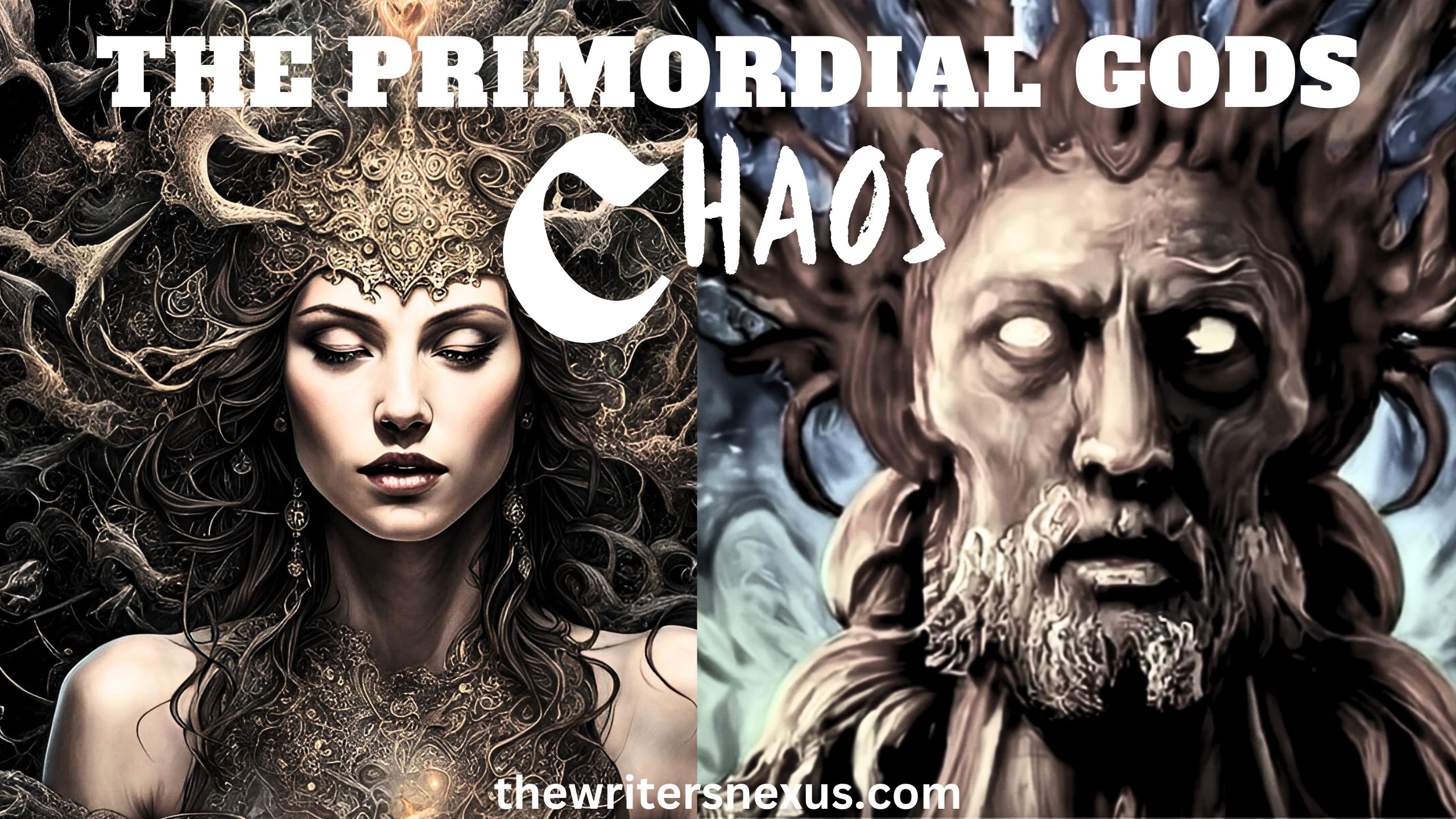A Brief History on The Primordial Beginnings of CHAOS
TRANSCRIPT
Greek mythology, like other mythological systems within pagan societies, has undergone significant transformation over the centuries.
The narratives of Greek myths have been reshaped by various redactors, philosophers, and storytellers, who have altered these stories to convey deeper meanings about the gods, goddesses, and heroes.
For example, the origins of Dionysus, the god of wine, are subject to extensive debate and have been recounted in multiple ways.
Hesiod’s account depicts Dionysus as the offspring of Zeus and Semele, a mortal princess.
Conversely, Hesychius describes him as the son of Dione, a female Titan.
This variation in maternal lineage is not arbitrary; it could reflect different oral traditions or intentional alterations by the narrators.
This variability highlights the diverse nature of the Greek world. Greece was not a unified nation under a single ruler.
Instead, it was composed of various city-states (poleis), each with its own governance.
This political fragmentation resulted in substantial differences in Greek culture, art, literature, and oral traditions.
This short story aims to address this diversity by integrating various versions of myths to represent the breadth of the Greek world and its neighboring regions.
Our primary objective is to offer a thorough and engaging representation of Greek mythology, capturing the intricate elements of effective storytelling.
The myths presented here may differ from familiar versions, as we have occasionally merged more dramatic retellings with traditional accounts. However, the core elements of each story are preserved.
The ancient question of which came first, the chicken or the egg, mirrors the Greek creation myths, which begin with a primordial state of existence characterized by neither beginning nor end.
The cosmos originated from Chaos, an immense and indistinct void. From Chaos emerged the first deities. The tumultuous and assertive nature of these primordial beings set the stage for a world soon to be immersed in the struggles of their descendants.
There is debate among scholars regarding whether Chaos’s offspring emerged spontaneously from the void or if Chaos gave birth to them in a more conventional manner.
The gender of Chaos is also debated; for the sake of this discussion, we will consider Chaos as female.

This is consistent with her role in producing offspring, although the Greek gods and Titans do not adhere to conventional biological principles.
In Greek mythology, deities could be born from a range of unusual circumstances, such as a forehead, a thigh, a volcanic eruption, or a primordial black hole.
Thus, Chaos gave birth to Gaia, whose form became the foundation of the earth and the source of all life.
The second deity born was Tartarus, also known as Erebus, who ruled the underworld, the domain where souls were judged after death. Both gods and mortals feared the darkness of this realm.
Following Tartarus came Pontus, the primordial deity of the sea, embodying a raw elemental power that would later be inherited by subsequent generations of gods.
These primordial entities were both the stage upon which the Olympians would act and the source of their powers.
Chaos also produced other primordial beings. Eros, often depicted as a cherubic god of love, is sometimes thought to be the child of the Olympians Aphrodite and Ares, but is believed to have originated at the dawn of time.
Nyx, the personification of night in female form, also emerged from Chaos.
Although her depiction as a shadowy figure might suggest malevolence, Nyx is an ambivalent goddess embodying both light and darkness through her many children.
Nyx and her brother Erebus brought forth Aether and Hemera. Aether filled the space between heaven and earth with a mist that contributed to the blue hue of the sky.
His sister-wife, Hemera, representing the day, was distinct from Helios, the sun, and she dispensed her brother’s mist each morning.
In Greek mythology, sibling pairs often symbolize natural dualities, such as the cycles of water and rain.
Nyx also gave birth to a range of other divine beings from her dark essence, each representing various facets of human experience.
This extensive list includes;
- Moros (fate)
- Hypnos (sleep)
- Oneiroi (dreams)
- Geras (old age)
- Oizys (pain)
- Nemesis (revenge)
- Eris (strife)
- Apate (deceit)
- Philotes (sexual pleasure)
- Momos (blame)
- Thanatos (peaceful death)
- Ker (violent death)
- The Hesperides (daughters of the evening, often depicted as nymphs)
During the same era, Nyx’s sister Gaia gave birth to Uranus, who would become the ruler of the cosmos and sire the Titans, the ancient deities of Greece.






